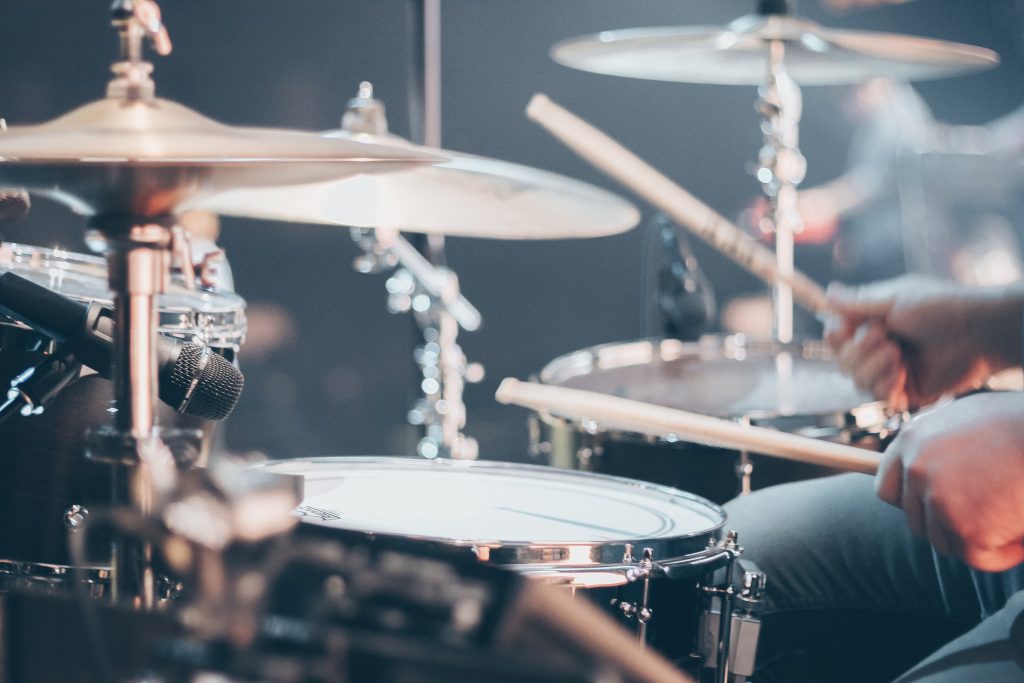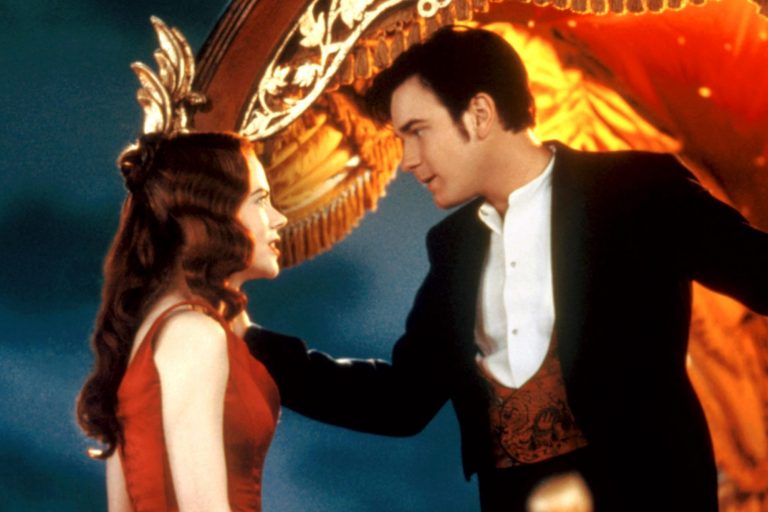How the Theatre & Film Industries Include Deaf Artists

The fanfare of the Great White Way, in all its glitter and glory, has captured hearts all around the world with music, dance, and theatrics. Like many others, I find the most emotionally moving part of a Broadway show to be the music. But what is the Broadway experience for a person who is hard of hearing? And how does Broadway include that group of people?
How does Broadway’s Spring Awakening include Deaf actors?
Deaf West’s 2015 production of Spring Awakening was a historic musical experience that included both Deaf and hearing people. The show’s cast features main roles portrayed by a hearing and a Deaf actor simultaneously. As written by Ashley Ross in an article for Time magazine, “Each actor uses ASL throughout the show, with deaf actors accompanied by speaking actors, or voices—like a shadow, or visible subconscious.”
This Broadway production of Spring Awakening was one of the first to bring true accessibility to the audience experience. Featuring 8 Deaf actors and 10 hearing actors, the production demonstrated the significance of inclusion. Kaj Kraus, a graduate student in New York, said that when he’d first gone to see the original 2006 production, he’d spent most of the musical’s run time flipping his attention back and forth between the script in his lap and the action onstage.
I had to choose where to place my attention, shifting back and forth from stage and script, always missing something. With Deaf West’s accessible production of Spring Awakening in simultaneous American Sign Language (ASL) and English, featuring Deaf and hearing actors, the play was essentially the same, but everything else was different.
Kaj Kraus for The Guardian
What is Deaf Broadway, and how did it form?
Since Deaf West’s inclusive production, there hasn’t been much in the way of Deaf inclusive musicals. However, a group called Deaf Broadway has been paving the way to produce musicals that embrace the Deaf community. Deaf Broadway was conceptualized in March of 2020 when a group of musical theatre fans were watching the musical Sweeney Todd over Zoom. While watching, they soon realized that a lot of significant meaning was lost in the captioned transcription of the lyrics. Now the group takes on musicals and performs them–mainly on webcam–to bring each story’s true meaning to the Deaf community. As per their website, each production is done “exclusively by those for whom ASL is a native language, perpetuating our mission: FOR THE DEAF, BY THE DEAF.”
It’s powerful to see the progress made to include the Deaf community in theatre. However, Broadway productions need more diversity in their casts, and should strive for the level of inclusivity in Spring Awakening. Broadway plays a big part in the entertainment industry, but TV and movies arguably play an even bigger role. The reason for this is based on one thing alone: accessibility.
How does Hollywood include Deaf actors?
Seeing a Broadway show requires money for not only the ticket but also for travel expenses. The average price of a Broadway ticket in 2019 was $122; a movie ticket generally hovers around $15. For a large part of the population, spending the time and money to see a Broadway show isn’t feasible. The convenience of streaming TV and movies from the comfort of our homes makes the film industry so powerful. So let’s pose this question: how does film measure up to theatre in diversifying the casts with both hearing and Deaf actors?
How does 2019 Film Sound of Metal focus on inclusion?
A 2019 film titled Sound of Metal tells the story of a heavy metal drummer who loses his hearing. It stars hearing actor Riz Ahmed as the lead, Ruben. The film won the Oscar for Best Sound Design, and also has a cast that features Deaf actors. One such actor is Jeremy Lee Stone, who plays an ASL teacher in the film. He was also an ASL coach on the movie set.
The director of the film, Darius Marder, was especially concerned with making sure the Deaf community was represented authentically. He turned to the Deaf artists on set to help ensure the film’s authenticity:

Both Ahmed and Marder welcomed feedback from the film’s Deaf cast — especially from Stone, who was recruited as an ASL coach but ended up becoming much more involved as a consultant. Often, Marder would allow Stone to completely take over for him on set, to the point where the filmmaker’s own crew approached him and asked, in earnest, if he was comfortable with Stone leading the production.
Christi Carras for Los Angeles Times
Although Stone had a heavy hand in directing Sound of Metal, the film’s leadership was predominantly made up of hearing producers; therefore, this film could have been more inclusive in its behind-the-scenes roles. Chelsea Lee, one of the Deaf actors in Sound of Metal, noted a couple TV shows with significant Deaf representation. One of the shows was This Close, the product of Deaf showrunners Joshua Feldman and Shoshannah Stern. The other show Lee mentioned was Deaf U, a Netflix show with 50% Deaf producers.
Will the Entertainment Industry Continue to Make Progress in Diversity?
The 2015 production of Spring Awakening, the recently founded Deaf Broadway group, and the film Sound of Metal all point to progress being made in the entertainment industry to include a community that is often left out. These productions serve as evidence that the theatre and film world are becoming more diverse and inclusive; however, these projects currently make up only a small segment of the material produced by Broadway and Hollywood.


